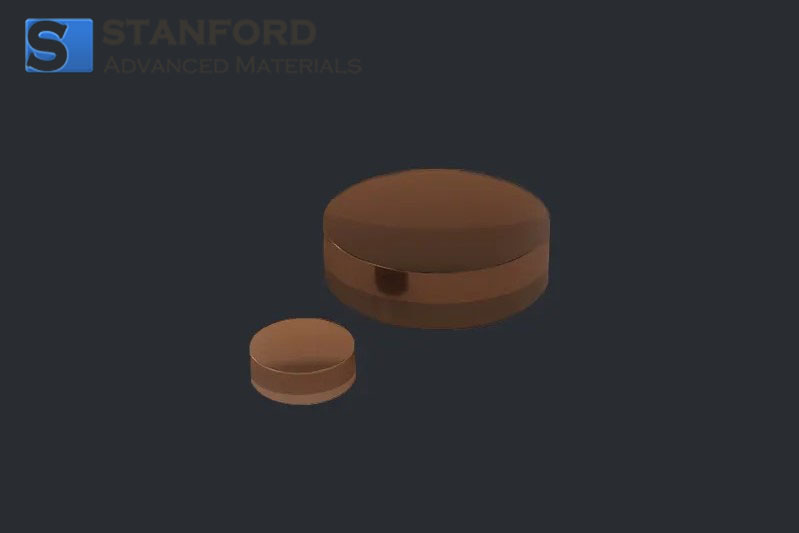CY0488 Cr:YAG (Chromium-doped Yttrium Aluminum Garnet)
| Catalog No. | CY0488 |
| Surface Quality | 10/5 (MIL-O-13830A) |
| Perpendicularity | ≤5' |
Cr:YAG (Chromium-doped Yttrium Aluminum Garnet) is a high efficiency laser material that can be widely used in medical, military and meteorology fields. Stanford Advanced Materials (SAM) is a trusted supplier and manufacturer of Cr:YAG products.
Related products: Nd:YAG, Er:YAG, Ho:Cr:Tm:YAG.
Cr:YAG Description
Cr:YAG stands for Chromium-Doped Yttrium Aluminum Garnet. It is a type of laser crystal that is doped with chromium (Cr) ions. Cr:YAG crystals are used as a gain medium in solid-state lasers. Cr:YAG crystals are known for their ability to produce laser light in the near-infrared (NIR) region of the electromagnetic spectrum. The specific properties of Cr:YAG crystals, such as their emission wavelengths and efficiency, can be tailored by adjusting the chromium dopant concentration and the design of the laser system. This allows for flexibility in meeting the requirements of different laser applications.
Cr:YAG Specifications
|
Dopant Concentration |
Cr: 0.5~1.2 % |
|
Orientation |
<111> crystalline direction |
|
Flatness |
< λ/10 @ 632.8 nm |
|
Parallelism |
≤10" |
|
Perpendicularity |
≤5' |
|
Surface Quality |
10/5 (MIL-O-13830A) |
|
Optical Quality |
Interference fringes ≤ 0. 125 /inch Extinction ration Ø3~Ø6.35 ≥ 28Db, Ø7~Ø10 ≥ 25dB |
|
Size |
Rods: Ø (3~10)mm×(30~180)mm (L) Slabs: (3~12)mm×(6~24)mm×(60~180)mm (L) Upon requests of customers |
|
Dimensional Tolerances |
Diameter: +0/-0.05mm Length: ±0.5mm , Chamfer : <0.1 mm @ 45º |
|
AR-Coating Reflectivity |
R≤ 0.2% (@1064nm) |
|
HR-Coating Reflectivity |
R>99.8%@1064nm and T>95%@808nm |
|
Other HR Coatings |
Such as HR @ 1064/532 nm, HR @ 946nm, HR@1319 nm and other wavelengths are also available |
|
Damage Threshold |
> 500MW/cm2 |
Notes:
1. To inquire or order a finished crystal, please provide the specifications as listed above. For most applications, we only need to know the following:
1) Nd-dopant concentration; 2) Sizes; 3) Surface quality; 4) Coating.
2. For special requests, please provide a detailed specification for evaluation and fabrication.
Cr:YAG Applications
1. Dermatology:
· Skin Resurfacing: Cr:YAG lasers are used for fractional skin resurfacing, helping to improve skin texture and reduce the appearance of wrinkles and scars.
· Tattoo Removal: They can effectively target and break down tattoo ink particles for tattoo removal procedures.
2. Ophthalmology:
· Eye Surgery: Cr:YAG lasers are used in ophthalmic procedures, such as capsulotomy and iridotomy, for the treatment of eye conditions.
3. Scientific Research:
· Spectroscopy: Cr:YAG lasers are employed in research laboratories for spectroscopic studies, enabling the analysis of materials, chemical compounds, and biological samples.
· Materials Science: They are used in materials science research, including the study of material properties and characterization.
4. Materials Processing:
· Marking and Engraving: Cr:YAG lasers are used for precise marking and engraving on various materials, including metals, ceramics, and plastics.
5. Telecommunications:
While less common in telecom compared to other laser media, Cr:YAG lasers can serve specialized roles in optical communication components and systems.
6. Environmental Sensing:
In environmental monitoring, Cr:YAG lasers can be used in LIDAR systems for remote sensing, atmospheric studies, and topographic mapping.
Cr:YAG Packing
Cr:YAG (Chromium-doped Yttrium Aluminum Garnet) are securely packaged in moisture-resistant, anti-static, and shock-absorbing materials. Custom packaging options, such as cleanroom packaging, are also available for sensitive applications.
Cr:YAG FAQs
Q1 What makes Cr:YAG suitable for Q-switched lasers?
Cr:YAG is an ideal saturable absorber for Q-switched lasers because:
- It has a high damage threshold, making it robust under high-power operation.
- It can passively modulate laser intensity without requiring external electronics.
- Its wide absorption cross-section at 1064 nm makes it efficient for Nd:YAG lasers.
Q2 What are the absorption characteristics of Cr:YAG?
Cr:YAG exhibits strong absorption in the near-infrared range:
- Absorption Peak: At around 1000-1100 nm, suitable for Nd-doped laser systems.
- Saturable Absorption Range: It effectively acts as a passive Q-switch for wavelengths near 1064 nm.
Q3 What are the advantages of Cr:YAG compared to other Q-switch materials?
- Higher Damage Threshold: Robust under high-power operation.
- Wide Absorption Cross-section: Efficient modulation for Nd-doped lasers.
- Thermal Stability: Reliable performance under continuous and pulsed operation.
LATEST RECOMMENDED

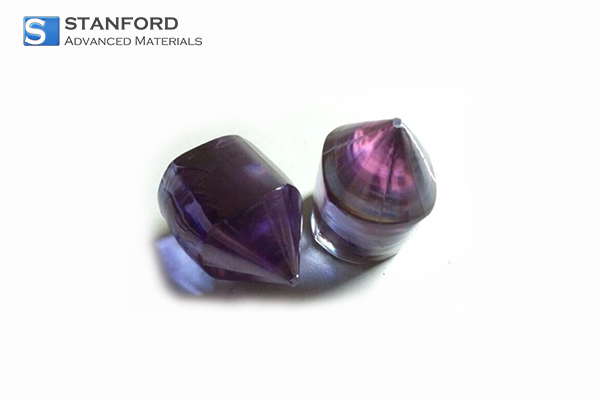
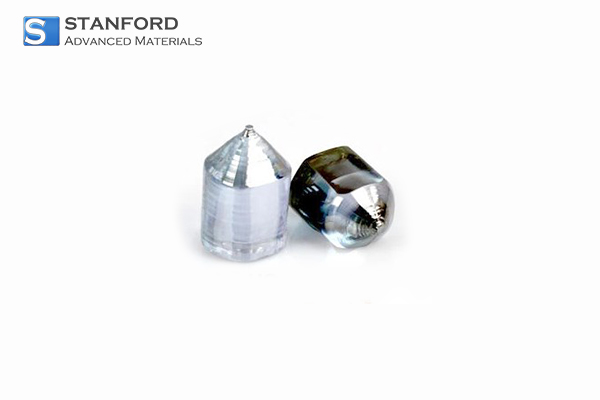
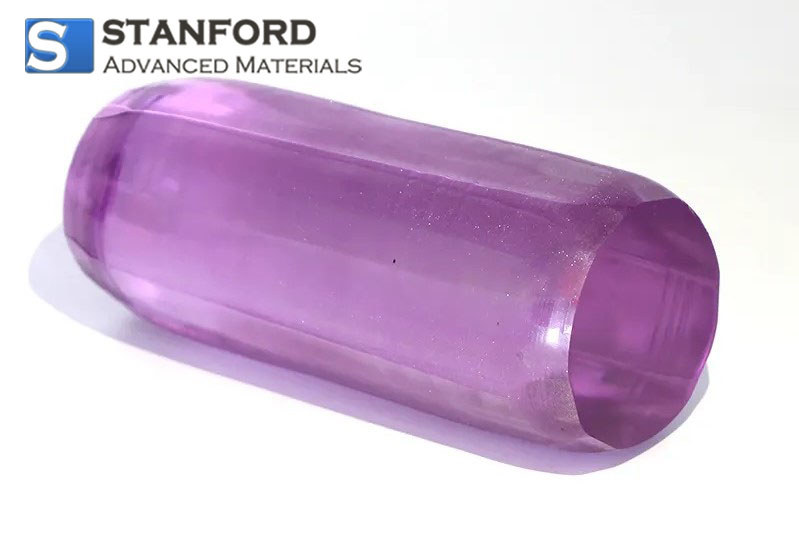
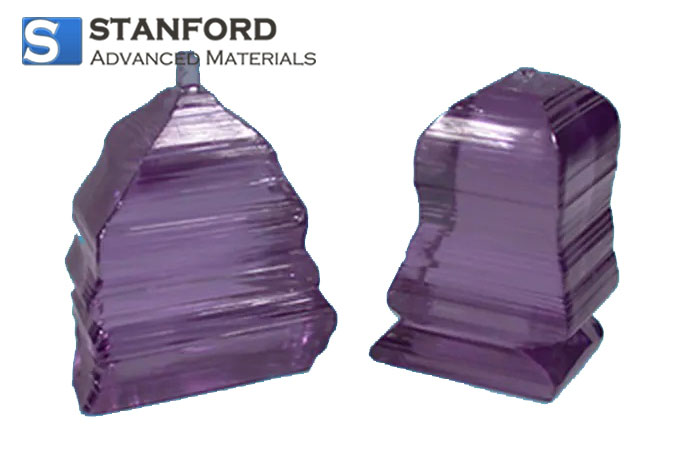
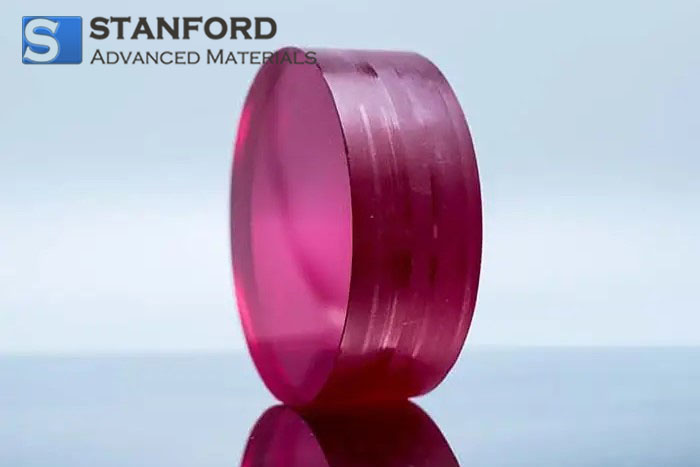
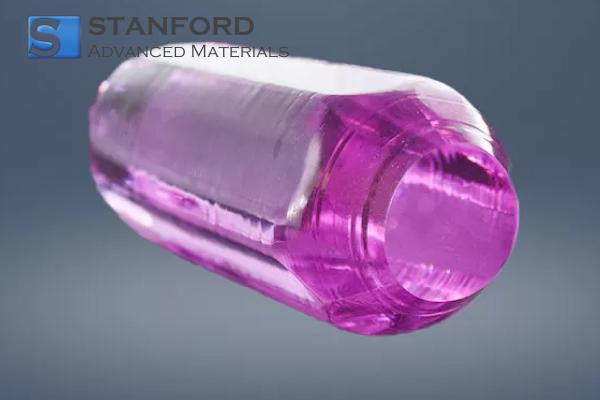
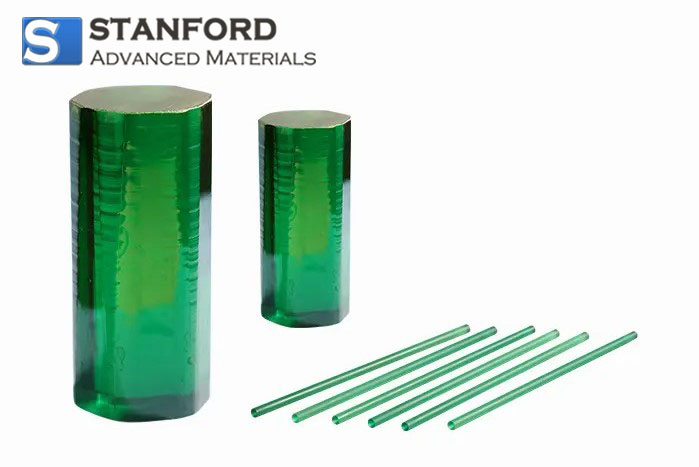
GET A QUOTE
Send us an Inquiry now to find out more Information and the latest prices,thanks!


